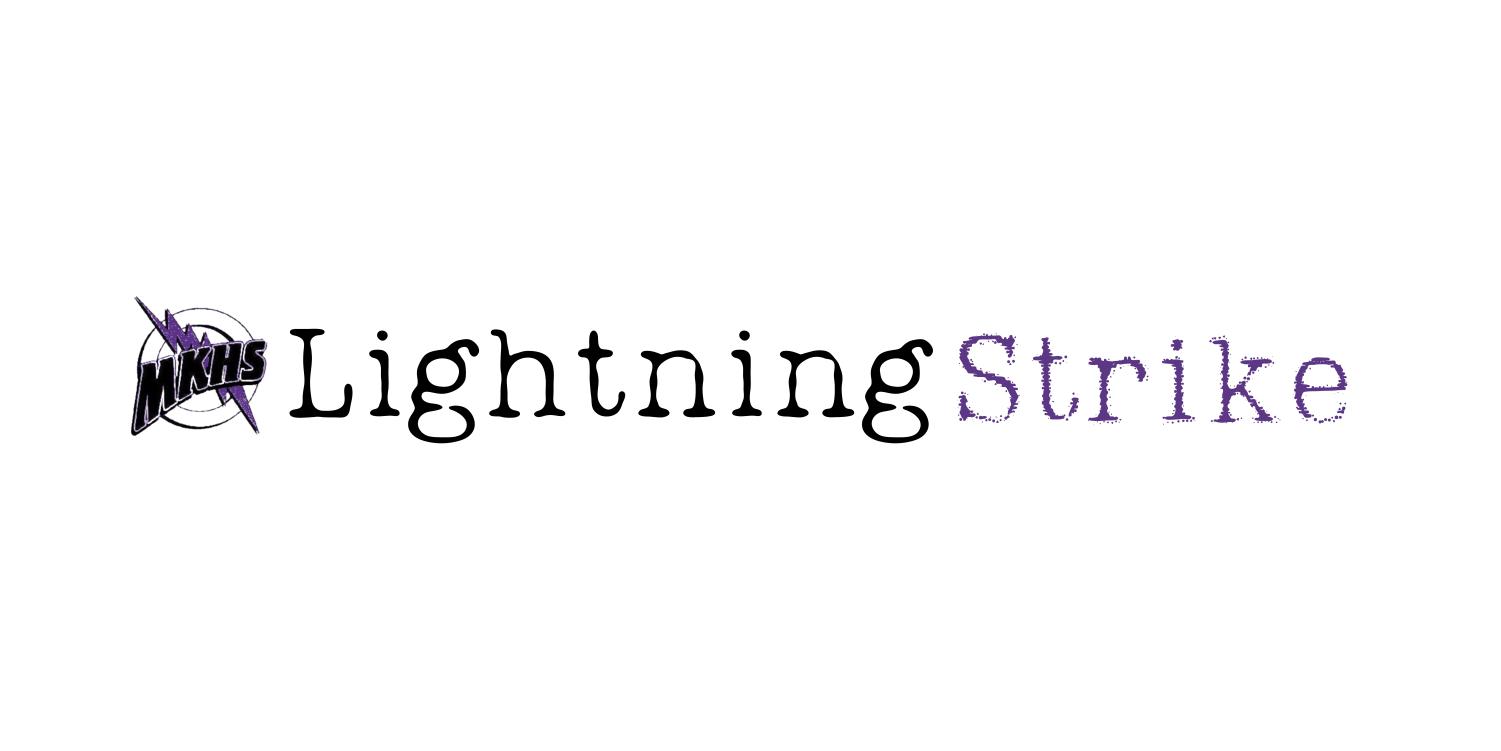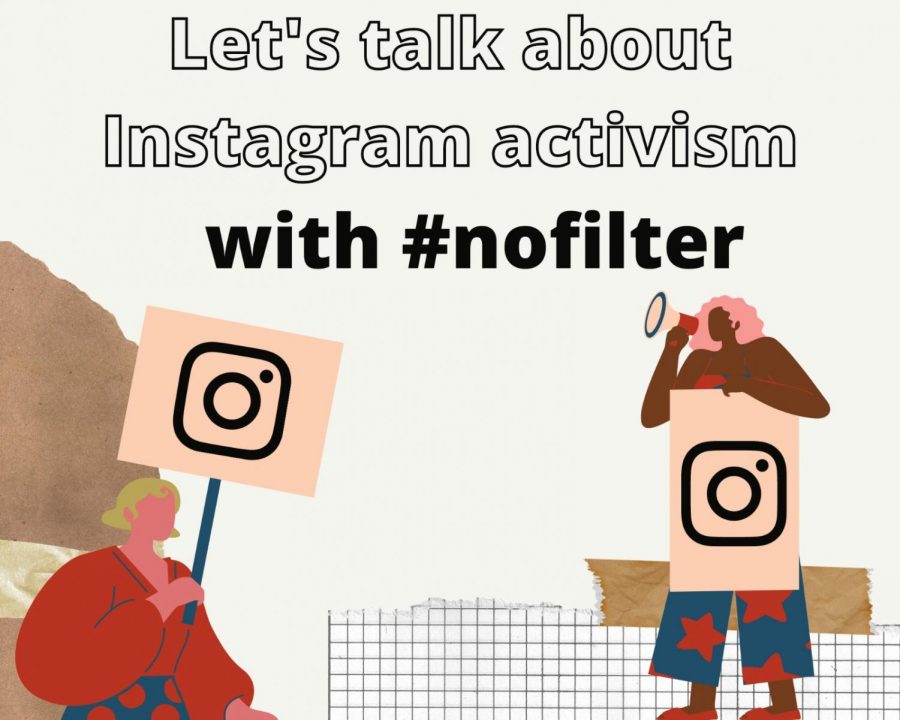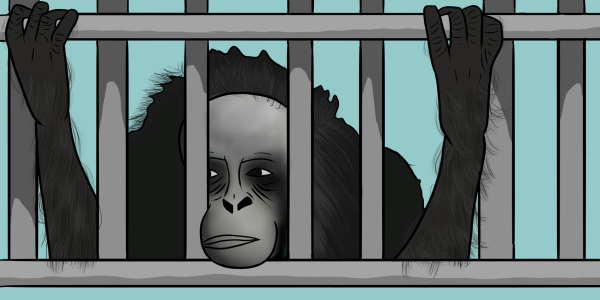Let’s talk about Instagram Activism with #nofilter
A starved kid in Yemen. A woman getting killed in her own house. Children in sweatshops making cents an hour. And no, this is not the New York Times or the Wall Street Journal, but most likely your Instagram feed. With the world’s information at your fingertip, it has been made clear that not taking action or being ignorant is a choice. But is Instagram activism even real activism, or just a charade to make people think you care?
In the face of crisis, some have taken to social media in a quest to educate through colorful and digestible slideshows that talk about diverse social, environmental and political issues. These mini 10-picture PowerPoints are used as a way to educate and raise awareness, but their actual impact has been questioned, even dipping into hypocrisy and performative activism. And honestly, how could it not? Traditionally, Instagram has been a platform for cute VSCO-edited pictures and memes, not for a revolution.
A lot of the time, corroborating the information might be difficult, which can lead to false or misleading views being spread.
“Graphics like this can be a helpful teaching tool, but some of the ‘racial justice explainer’ posts that go viral grossly oversimplify complex ideas in harmful or misleading ways or flat-out misstate facts,” sociologist and researcher Eve Ewing said to Vox.
She continues to explain that this is due to the lack of accountability as no organization or person is taking full responsibility for these slideshows being spread. Additionally, she alludes to the fact that a lot of the time this information is rarely attributed to the corresponding scholar or researcher.
Furthermore, Instagram makes it relatively easy to become a “slacktivist.” Also referred to as “performative activism,” slacktivism is the practice of posting content on social media but making no real effort to get involved or genuinely help the cause you are advocating for in any other way.
Despite its drawbacks, Instagram can genuinely help. According to NBC News, Movers and Shakers NYC raised $10,000 to buy masks for Black Lives Matter protesters and the Freedom March NYC organization raised over $55,000 solely from their Instagram accounts, and these are far from being the only examples.
Moreover, I am a firm believer that education remains to be a powerful tool to combat hatred. And, while the argument that people will simply not read 10 slides about a topic they do not care about is a valid one, I believe that even reading a headline and simply knowing that there is something going on can have an impact.
“I think they are pretty effective at spreading the word about important issues, but at the same time they are a double-edged sword,” junior Eva Caro said. “It is so easy to convince people about something that is completely false or illogical if you just use a catchy phrase or a nice looking graphic.”
The truth of the matter is that at its worst, Instagram activism allows for hypocrisy. For example, at the peak of the Black Lives Matter movement, I saw several non-POC from the school who say the N-word daily posting black squares on Instagram in solidarity with the movement. However, at its best, Instagram can be a library of resources and information. I learned about red-lining, fast-fashion, as well as environmental racism and where I could donate to. One thing is clear, Instagram should not be the peak of activism but rather serve as a catalyst for other forms of activism such as signing petitions, calling your elected officials, donating or even having difficult conversations with friends and family.




Roberto Gomez • Oct 28, 2020 at 12:47 pm
Even though it is a great way to show support for something or remorse or even disdain against something, it ultimately results in nothing getting done and should not be labeled as activism at all, since real activists actually achieve something. I think it is a lazy way to try and change the world, and if those who really cared did something instead of posting then certain things would have a better chance of getting done.